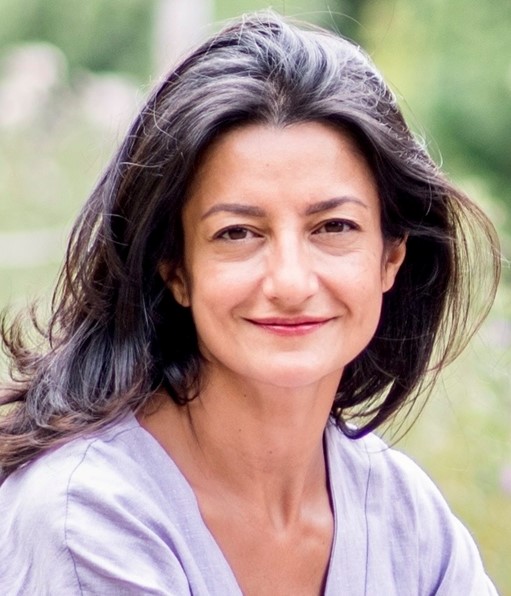The ambassador - Czech Republic
The ambassador

Mina Noor
CURRICULUM VITAE
PERSONAL INFORMATION
Family Name: Noor
First Name: Mina
Date of Birth: 26/12/1980
Place of Birth: Kabul, Afghanistan
WORKING EXPERIENCE
Sept 2022 – present:
Head of Unit, Coordination & National security/ Special EnvoyCounterterrorism, Security Policy department, Ministry of Foreign Affairs, The Hague.
Sept 2018 – August 2022:
Deputy Head of Mission, Embassy of the Kingdom of theNetherlands in Sarajevo, Bosnia and Herzegovina.
Sept. 2014 – Feb 2018:
Senior policy officer Iran and Gulf, Department of Middle EastNorth Africa, Ministry of Foreign Affairs, The Hague.
August 2012 – May 2014:
Secretary Rule of Law in Serbia and Montenegro, Embassy of TheKingdom of The Netherlands in Belgrade.
Oct 2011 – March 2012:
Private secretary to the Minister for European Affairs andInternational Cooperation, Ministry of Foreign Affairs, The Hague.
July 2010 – June 2012:
Policy officer Humanitarian Aid in MENA region, Ministry of Foreign Affairs, The Hague.
March 2007 – March 2010:
Research Fellow/ Project Consultant, Maastricht School of Management.
Nov 2005 – Aug 2006:
Consultant at IntEnt Foundation, The Hague.
EDUCATION
Feb 2006 – June 2007:
MSc International Development Studies (Cum Laude) University of Amsterdam, International School for Humanities and Social Sciences.
Sept 2000 – Oct 2005:
MSc International Business Studies, University of Maastricht.
LANGUAGES
Dutch: excellent (writing and speaking)
English: excellent (writing and speaking)
Dari/ Farsi: mother tongue
Russian: average (speaking)
Serbo-Croatian/ Bosnian: average (speaking)
